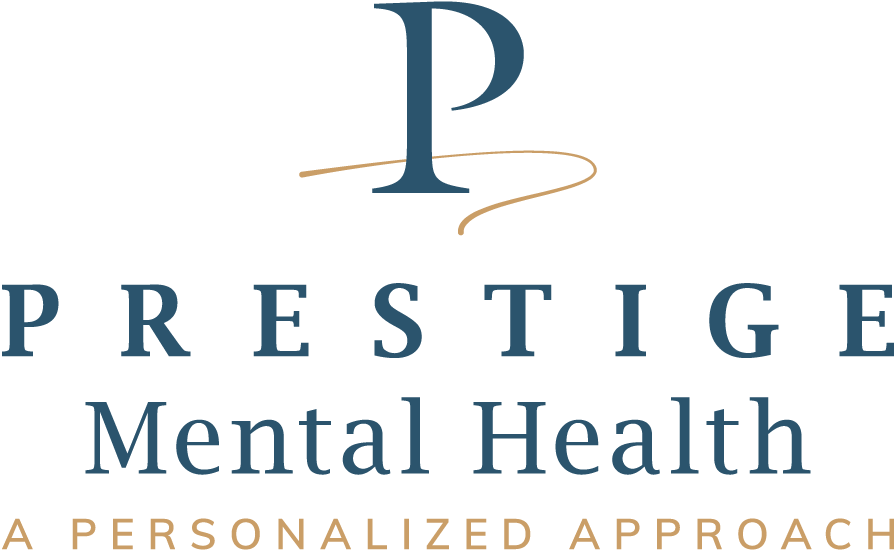There are many myths and stigmas that arrive for those with OCD, as this chronic mental disorder often comes with many misconceptions and biases that are especially dangerous for those recently diagnosed or going through the diagnosis process. By dispelling these misconceptions, more people can become educated about what OCD is, how it impacts a person’s life, and how those biases hurt people with OCD in getting treatment.
What Are The Myths Associated With OCD?
OCD often comes with misconceptions due to how common the condition is. According to the National Institute of Mental Health, approximately 1 in 100 adults, or two to three million people in the United States, have OCD. This condition is characterized by repetitive thoughts and compulsive behaviors, and these thoughts and behaviors regularly interfere with everyday life. Beyond its basic definition, there are many stigmas about OCD that lessen its impact and, in turn, can promote harmful behaviors that prevent diagnosis and treatment. These stigmas include:
- Myth: OCD is about obsessive cleanliness
- Reality: For people with OCD, negative, intrusive thoughts often come with compulsions to quell urges related to those thoughts and chronic feelings of doubt. These obsessions can range from a fear of germs, a desire for order, a fear of acting out of aggression, and even sexual thoughts. Often, these thoughts are difficult to control and rationalize, and people with OCD have a difficult time removing them, making them a chronic mental disorder.
- Myth: OCD is just all in their head
- Reality: Mental illness is not something that should be ignored, as ignoring these symptoms can worsen a person’s overall mental health and discourage a person from getting treatment. Causally referring to a person’s OCD symptoms can trivialize their experiences and discourage people from getting proper treatment.
- Myth: Everyone has a little OCD
- Reality: Not everyone has a little OCD. In fact, about 1 to 2 percent of people in the United States alone have this complex and debilitating disorder. This condition most often develops during early adulthood and can make life difficult to manage.
- Myth: There is no treatment for OCD
- Reality: OCD can be treated through various methods, including cognitive behavioral therapy, SSRI medications, and exposure and response prevention can be used to manage its symptoms and navigate difficult scenarios in their lives.
It’s important in these situations to educate people about your condition if you have OCD, as OCD, when unmanaged, can have a vast, negative impact on your life.
What It Means To Combat OCD Stigmas
Dealing with OCD stigmas means working with others to educate people about its symptoms, people’s struggles, and how these stigmas cause negative effects on people with OCD. If you suspect you have OCD and feel that it’s impacting your life in a negative way, the best resource for treating your OCD is through therapy. By talking with your therapist, they can help provide you with an accurate diagnosis for your condition and treat OCD through a combination of medication and therapy.






